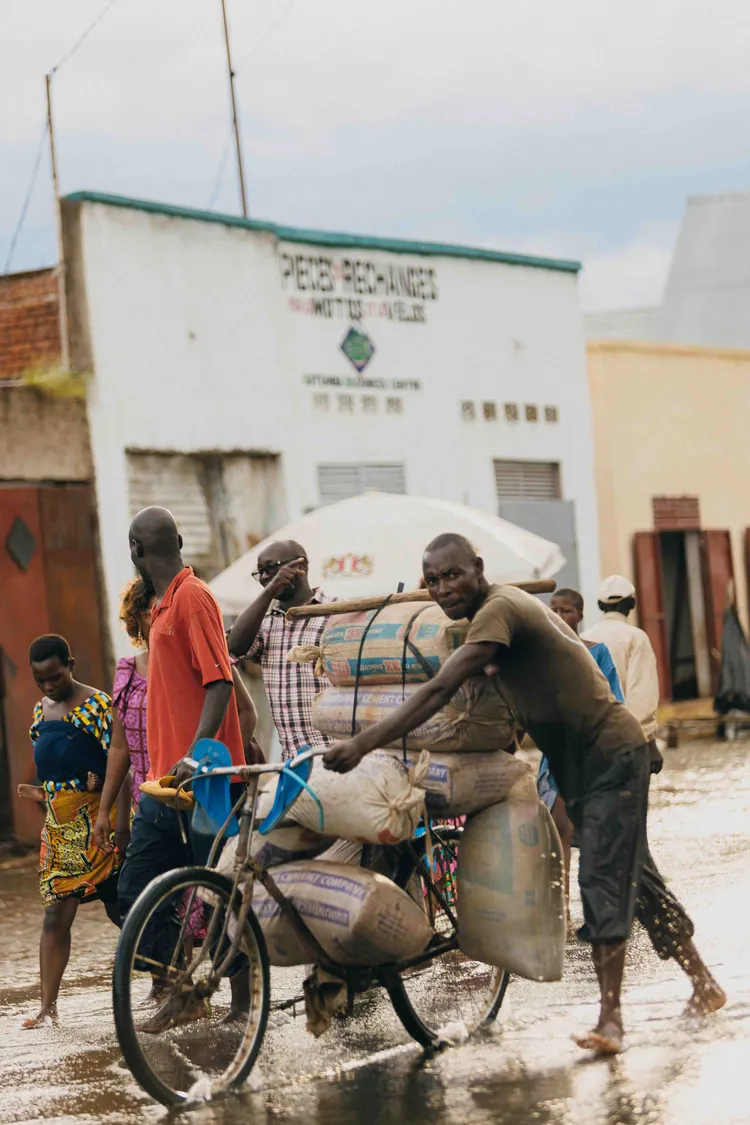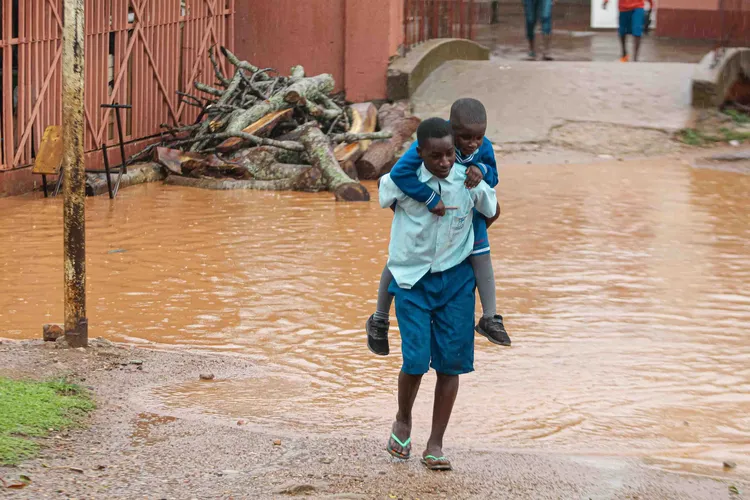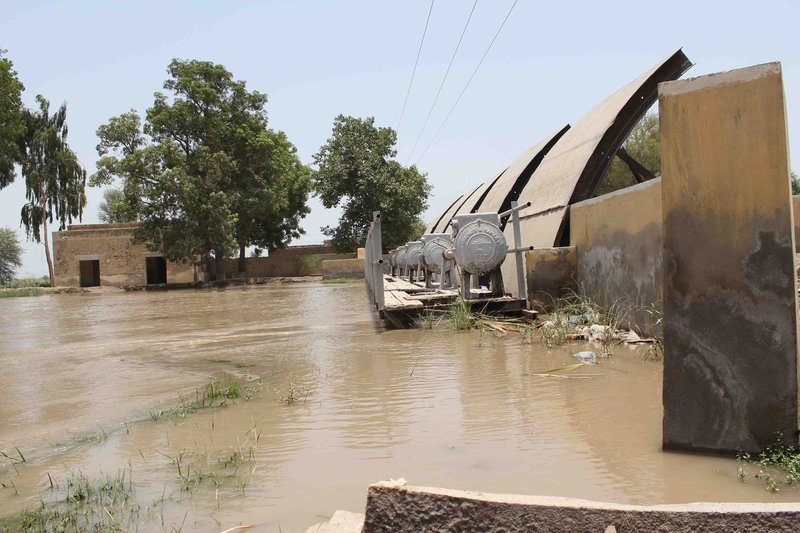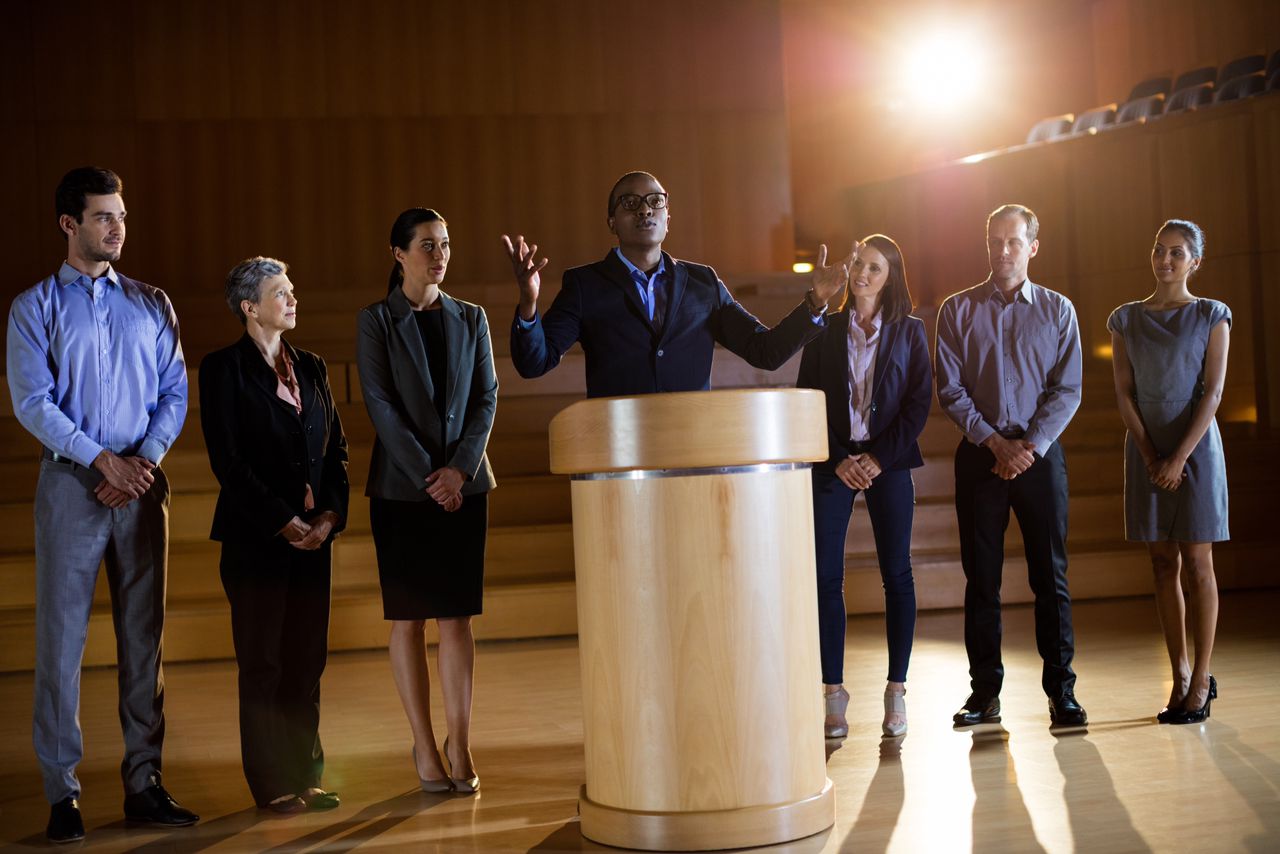Lusaka, Zambia’s busy capital, is once again dealing with serious flooding, especially in the Garden House area of the Kanyama constituency, after heavy rains. Over 200 homes have been flooded, leaving families stranded and many buildings at risk of collapsing. This keeps happening year after year, forcing people to leave their homes and damaging important infrastructure, making life even harder for communities that are already struggling.
Why Lusaka Keeps Flooding
Flooding in Lusaka is not a new issue. The city was originally built on a low-lying, flat plateau with a gradient of just 0.2%, meaning water does not drain away easily. The ground beneath Lusaka is made of highly permeable limestone, which quickly becomes saturated. Additionally, the city has a naturally high water table, making it even more vulnerable to flooding. Lusaka was founded on swampland, with many areas already known as flood hotspots.
The situation is made worse by human activities. As more land is covered with roads, buildings, and other paved surfaces, the ground loses its ability to absorb rainfall, leading to rapid runoff. In addition, waste clogging drainage systems and unplanned developments blocking natural water paths make it even harder for floodwaters to drain away. When natural and artificial drains are obstructed, rainwater has nowhere to go, creating pools of standing water.
The recent floods in Garden House and Kanyama have submerged roads and destroyed homes. On top of that, people are worried about the buildup of garbage, which could cause a cholera outbreak, especially near markets where food is sold. Because of this, according to sources, residents are calling for theLusaka City Council (LCC)to bring back waste collection services; some are even reported to be willing to contribute small amounts of money to help, as the risk to public health continues to grow.

To prevent further danger, Zambia’s national power company, ZESCO, has shut off electricity in some flooded areas of Kanyama and Makeni to avoid electrocution and prevent damage to the power grid. ZESCO is working with the Disaster Management and Mitigation Unit (DMMU) to deal with the situation. Members of parliament have urged the organisations to act swiftly to restore power and ease the burden on affected families.
Addressing the Problem
The situation is tragic as one person has already lost their life, and many homes and infrastructures that support the livelihoods of many have been destroyed. The DMMU has stepped in with emergency relief, and efforts are being made to move families to safer places. The Lusaka District Commissioner has also stressed the importance of proper waste management, warning that blocked drainage systems make flooding worse and increase the spread of diseases like cholera.
The flooding problem in Lusaka is largely caused by poor city planning and weak infrastructure. Outdated drainage systems, uncollected garbage, and poorly planned buildings in flood-prone areas leave communities vulnerable every rainy season. While government officials keep promising to fix these problems, residents are becoming more and more frustrated as the same issues happen every year.
President Hakainde Hichilema has acknowledged how serious the situation is and has pledged to take action. His plan includes improving drainage systems, demolishing buildings that block natural water flow, and constructing more drainage channels to redirect floodwater. While this plan sounds promising, it requires vast resources and cooperation between different levels of government and society.

While the government plays a major role, residents also need to take responsibility. Proper waste disposal, clearing blocked drainage systems, and stopping illegal dumping are important steps in reducing the risk of flooding. Local leaders, like Members of Parliament and councillors, should work with communities to find practical solutions for waste management and flood prevention.
Lusaka’s flooding problem is a serious and ongoing issue that needs urgent action and long-term solutions. Emergency responses are necessary, but the city’s infrastructure must be improved to prevent future floods. If residents and leaders work together, it may be possible to minimise the devastation caused by floods in the future.








